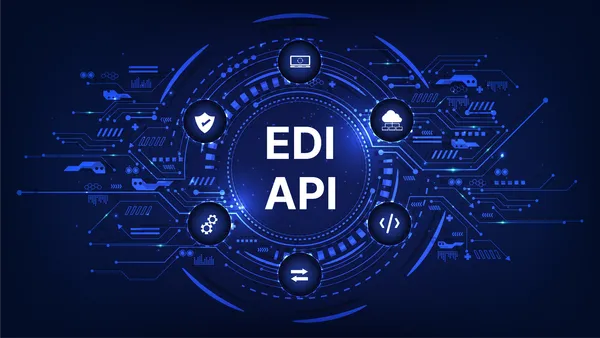Digital transformation remains a top concern for business leaders - and with good reason. On top of the financial investment required, 78% of digital transformation efforts fail to meet business objectives and 73% fail to provide business value.
With 70% of companies following a digital transformation agenda or in the process of developing one, what separates success from failure?
In the case of one company, a unified vision and agile approach was the answer. Let's take a look at how this Fortune 500 financial services firm successfully implemented cutting-edge automation technology to meet their goals and drive business value.
Identify a Strategic First Use Case
When the company started searching for a solution, there was a push from the top to embrace an agile mindset and implement technologies that would enable them to move faster for their customers. The company aligned on the need for a scalable solution that could digitize traditionally paper-based tasks and automate existing manual processes. Gone were the days of waterfall release schedules, "wait and see" upgrades, and major headaches whenever a new version was released.
Choosing the right process to automate is critical to successfully accelerating automation efforts and creating scale.
When selecting a first use case, it's important to focus on solving a quantifiable, business-critical problem, which typically translates into back-office functions like document processing and data entry. In this instance, the firm focused on streamlining account opening transactions - a complex, high volume, highly regulated process that involves sensitive customer data. At the time, they were relying on manual data keying and legacy technology, which struggled to handle the variability of incoming documents, roughly half of which were handwritten, to process the documents. This was a short-term solution that left valuable data on the page, delayed processing times and impacted customer experience - an ideal place to start.
Recognize People Are a Key Part of the Solution
In addition to understanding the product capabilities, the company wanted to find a vendor that would be a true partner and grow with them in the long term.
"When we implement Hyperscience, we spend time shadowing the full end-to-end flow of our client processes," said Jon-Marc Patton, VP of Customer Experience at Hyperscience. "This informs how we recommend introducing automation into your organization and configuring the application, and it also teaches our customers to think about how they do things today and if it should be changed in the future."
It's also important to recognize that people aren't perfect, and neither are machines. To solve challenging, real-world business problems, machines need supervision.
"When you strive for 100% automation out of the gate, you end up pushing a number of errors downstream that will eventually need to be located and fixed by someone else, which is costly and time-consuming," added Jon-Marc. "Inherently flawed data produced by 100% automation erodes downstream confidence with users, causing additional work to review entries that may be already correct."
For this financial services firm, accuracy is fundamental, and when it comes to customer transactions, there is zero room for error or the risk of exposing sensitive customer information to someone that should not see it. Given their prior experience with automation tools and the changing regulatory landscape, they fully expected some degree of human supervision - the key was in understanding how different solutions involved humans "in the loop" to train the models and drive performance improvements.
The company settled on Hyperscience, and today they're targeting 94% automation at 99.5% accuracy. In addition, the solution continues to learn on the organization's documents behind their firewall, driving fewer errors and higher automation.
Putting It All Together
Digital transformation success requires the right people setting goals and guiding the process, as well as the right tech tools, implementation approach and on-going support.
Find a technology partner who understands your business challenges, takes a stake in your overall success and will grow with you. As the firm's product manager for document processing services puts it, "what I would share with other companies looking to do this is the iterative approach of breaking work into phases and managing the associated risks and then figuring out, as you get more comfortable, how to transition in tools or add new ones."










